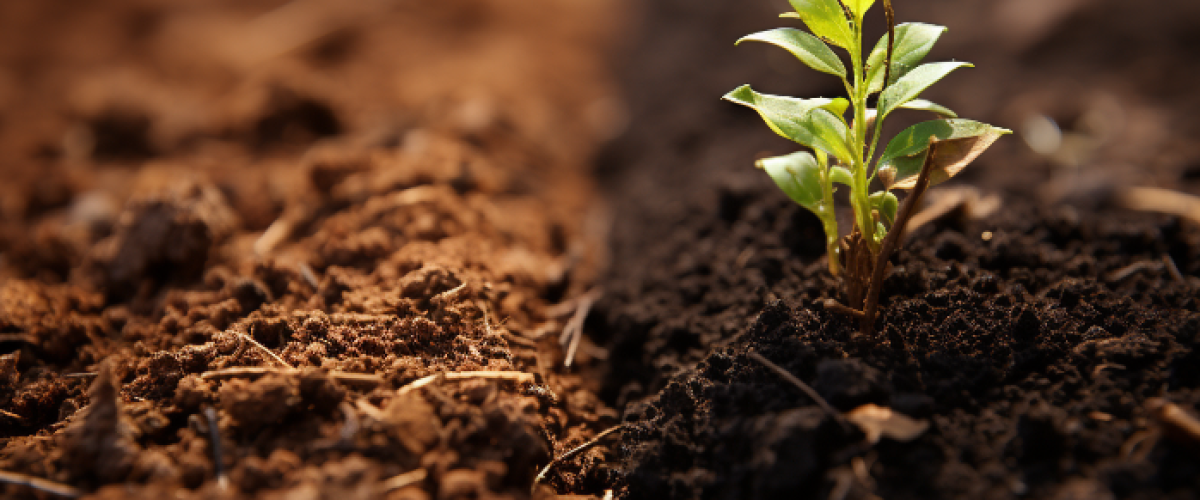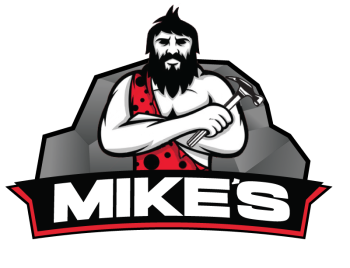Topsoil is the uppermost layer of soil, typically the top 2 to 8 inches, and is crucial for plant growth due to its high nutrient content. In landscaping and agriculture, the quality of topsoil used can significantly affect the health and growth of plants.
Understanding Regular Topsoil
Sourcing of Regular Topsoil
Regular topsoil is often sourced from different regions and can be a mixture of soils from various places. This means that it may not always be compatible with the native soil in your garden or farm.
Common Characteristics
The nutrient content in regular topsoil can be highly variable. Additionally, since it’s not screened or processed extensively, it may contain contaminants or debris that are not ideal for plant growth.
Introduction to Locally Screened Topsoil
What it means for Topsoil to be Locally Screened
Locally screened topsoil is sourced and processed within a specific local area. This ensures that the soil’s properties are more consistent with the native soil in the region, making it more suitable for local plants.
The Screening Process
Screening involves sifting the soil through large screens to remove debris like rocks and roots, and to break up clumps. This process results in a fine, uniform texture that is ideal for supporting healthy plant growth.
Comparing Locally Screened Topsoil and Regular Topsoil
Nutrient Compatibility with Local Plants
Locally screened topsoil is often richer in nutrients that are compatible with local plant species. This is because the soil composition is similar to the native soil, making it easier for plants to absorb the nutrients they need.
Environmental Impact
Using locally screened topsoil reduces the carbon footprint associated with transporting soil over long distances. This makes it a more environmentally sustainable choice compared to regular topsoil.
Cost and Availability
Locally screened topsoil can sometimes be more cost-effective due to reduced transportation costs. However, availability may vary based on the region.
Making the Choice: Factors to Consider
Type of Plants or Crops
Consider the needs of the plants or crops you are growing. Local plants or crops may thrive better in locally screened topsoil due to nutrient compatibility.
Budget Constraints
Locally screened topsoil can sometimes be more cost effective. You can call our landscape supply store to check current pricing.
Environmental Concerns
If sustainability is a priority for you, locally screened topsoil is the greener choice due to reduced transportation and compatibility with local ecosystems.
In conclusion…
Locally screened topsoil and regular topsoil have distinct characteristics that make them suitable for different applications. By understanding these differences, and considering factors such as plant type, budget, and environmental concerns, you can make an informed decision that supports healthy plant growth and sustainability. Consider locally screened topsoil as a viable and often superior alternative for your gardening or farming needs.



